#afrakan spirituality
Text

#african#afrakan#kemetic dreams#africans#brownskin#afrakans#brown skin#fitness#african culture#afrakan spirituality#epic video
698 notes
·
View notes
Text
Obinofia, Obinagu, Ahobinagu, Arobinagu by Sirius Ugo Art


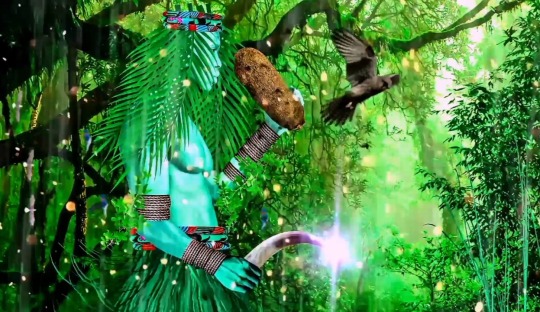

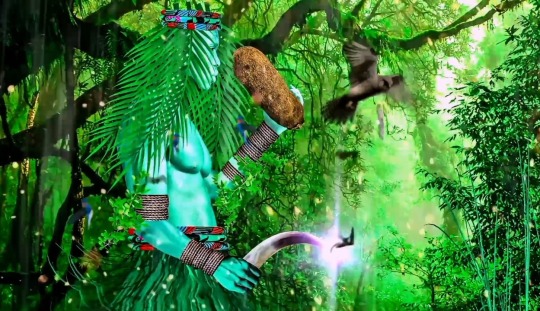



#shotbyugo#film photography#beauty#africa#african#movies#afrobeat#aftopop#afrofuturism#afrocentric#east africa#african culture#south africa#afrique#west africa#afrakan#afrika#african spirituality#spirituality#nature
11 notes
·
View notes
Text
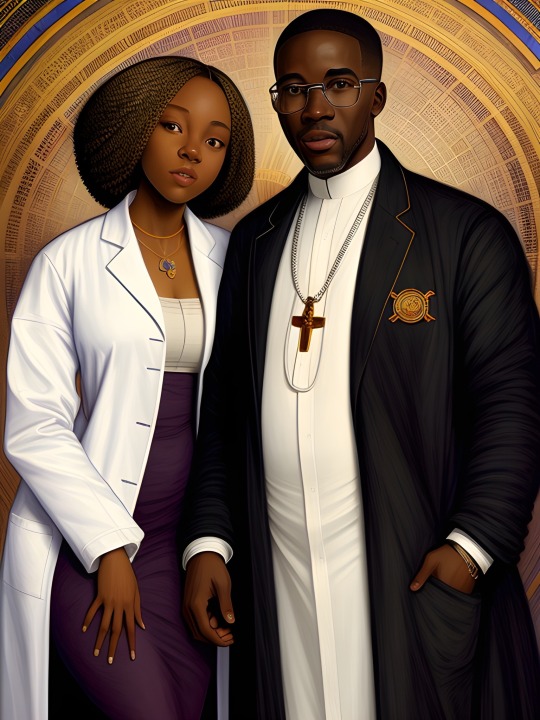
#humanistictempleofalkebulan#science#religion#spirituality#black love#african diaspora#black community#afrakan#blackexcellence#africa#truth#logic#reasoning
2 notes
·
View notes
Text


#black witch#black witches#witch#witch of color#witchcraft#witches of color#afro witch#afro witches#witchblr#witches#african spirituality#black spirituality#afrakan spirituality#hermeticism#the kybalion#kybalion#thoth#emerald tablets of thoth#lauryn hill#hermes trismegistus#thoth the atlantean
131 notes
·
View notes
Text
The Igbo people (English: /ˈiːboʊ/ EE-boh,US also /ˈɪɡboʊ/ IG-boh; also spelled Ibo and historically also Iboe, Ebo, Eboe,Eboans,Heebo;natively Ṇ́dị́ Ìgbò) are an ethnic group in Nigeria. They are primarily found in Abia, Anambra, Ebonyi, Enugu, and Imo States. A sizable Igbo population is also found in Delta and Rivers States. Ethnic Igbo populations are found in Cameroon,Gabon, and Equatorial Guinea, as migrants as well as outside Africa. There has been much speculation about the origins of the Igbo people, which are largely unknown.Geographically, the Igbo homeland is divided into two unequal sections by the Niger River—an eastern (which is the larger of the two) and a western section.The Igbo people are one of the largest ethnic groups in Africa.

#african#afrakan#kemetic dreams#africans#brownskin#brown skin#afrakans#african culture#afrakan spirituality#Igbos#igbo culture#igboland#alaigbo#igbo#epic video
272 notes
·
View notes
Text
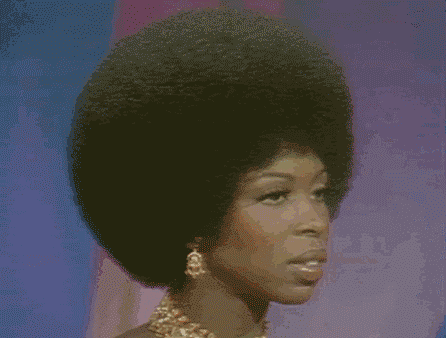
#african#afrakan#kemetic dreams#brownskin#afrakans#africans#fitness#brown skin#african culture#afrakan spirituality#afrakan woman#deep reddish brown skin#epic video#african spirituality
2K notes
·
View notes
Text

#African#afrakan#kemetic dreams#africans#brownskin#brown skin#afrakans#african culture#afrakan spirituality#habesha#Ethiopia#east africa#epic video
303 notes
·
View notes
Text

#african#afrakan#kemetic dreams#africans#brownskin#brown skin#afrakans#fitness#african culture#afrakan spirituality#south africa#epic video
310 notes
·
View notes
Text

#african#afrakan#kemetic dreams#africans#brownskin#afrakans#brown skin#african culture#afrakan spirituality#kemet#ta meri#north Africa#North Africans#epic video#hapi video#nefertiti
359 notes
·
View notes
Text

#african#afrakan#kemetic dreams#africans#brownskin#brown skin#afrakans#african culture#afrakan spirituality#best memes
232 notes
·
View notes
Text

#african#afrakan#kemetic dreams#africans#brownskin#brown skin#afrakans#african culture#afrakan spirituality#Swahili#michelle obama#education#educational#educational videos
381 notes
·
View notes
Text

#african#afrakan#kemetic dreams#africans#brownskin#afrakans#brown skin#african culture#afrakan spirituality#hoodoo#shamanism#spiritual#spirituality#spiritualjourney#spiritual awakening#spirit work
494 notes
·
View notes
Text
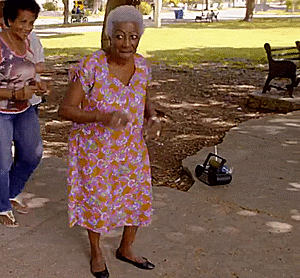
#Cuba#Nigerian#african#afrakan#kemetic dreams#africans#brownskin#brown skin#afrakans#african culture#afrakan spirituality#african landscape#African language#Cuban language#spainish#lucumi#Yoruba#epic video
153 notes
·
View notes
Text

#african#afrakan#kemetic dreams#africans#brownskin#brown skin#afrakans#african culture#afrakan spirituality#north africa#North African#epic video
182 notes
·
View notes
Text
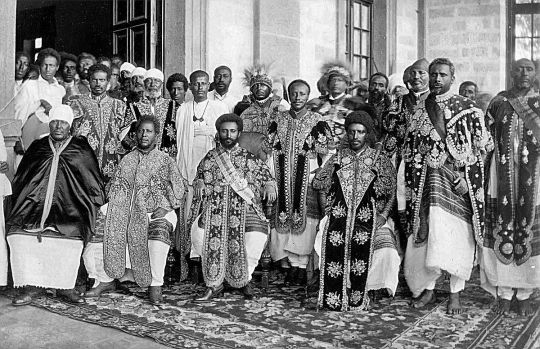
The term "Rastafari" derives from "Ras Tafari Makonnen", the pre-regnal title of Haile Selassie, the former Ethiopian emperor who occupies a central role in Rasta belief. The term "Ras" means a duke or prince in the Ethiopian Semitic languages; "Tafari Makonnen" was Selassie's personal name. It is unknown why the early Rastas adopted this form of Haile Selassie's name as the basis of the term for their religion. As well as being the religion's name, "Rastafari" is also used for the religion's practitioners themselves. Many commentators—including some academic sources and some practitioners—refer to the movement as "Rastafarianism". However, the term is disparaged by many Rastafari, who believe that the use of -ism implies religious doctrine and institutional organisation, things they wish to avoid.

Ras (Amharic: ራስ, romanized: ras, lit. 'head' compare with Arabic Rais or Hebrew Rosh), is a royal title in the Ethiopian Semitic languages. It is one of the powerful non-imperial titles.
Historian Harold G. Marcus equates the Ras title to a duke;[citation needed] others have compared it to "prince".
The combined title of Leul Ras (Amharic: ልዑል ራስ) was given to the heads of the cadet branches of the Imperial dynasty, such as the Princes of Gojjam, Tigray, Ras Tafari Makonnen and the Selalle sub-branch of the last reigning Shewan Branch, and meaning "Lord of Lords", the highest title of lord.
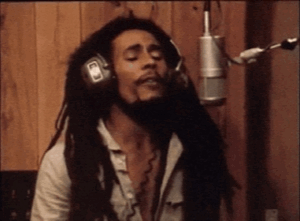
#ras#african#afrakan#kemetic dreams#brownskin#africans#afrakans#brown skin#african culture#afrakan spirituality#makonnen#tigray#ras tafari#rastafari#harold g marcus#leul ras#lord of lords#Tafari Makonnen#haile selassie#ethiopia#ta netjer#amharic
169 notes
·
View notes
Text

Simbi water spirits are revered in Hoodoo originating from Central African spiritual practices. When Africans were enslaved in the United States, they blended African spiritual beliefs with Christian baptismal practices. Enslaved African Americans prayed to Simbi water spirits during their baptismal services. In 1998, in a historic house in Annapolis, Maryland called the Brice House archaeologists unearthed Hoodoo artifacts inside the house that linked to the Kongo people. These artifacts are the continued practice of the Kongo's minkisi and nkisi culture in the United States brought over by enslaved Africans. For example, archeologists found artifacts used by enslaved African Americans to control spirits by housing spirits inside caches or nkisi bundles. These spirits inside objects were placed in secret locations to protect an area or bring harm to slaveholders. "In their physical manifestations, minkisi (nkisi) are sacred objects that embody spiritual beings and generally take the form of a container such as a gourd, pot, bag, or snail shell. Medicines that provide the minkisi with power, such as chalk, nuts, plants, soil, stones, and charcoal, are placed in the container." Nkisi bundles were found in other plantations in Virginia and Maryland. For example, nkisi bundles were found for the purpose of healing or misfortune. Archeologists found objects believed by the enslaved African American population in Virginia and Maryland to have spiritual power, such as coins, crystals, roots, fingernail clippings, crab claws, beads, iron, bones, and other items assembled together inside a bundle to conjure a specific result for either protection or healing. These items were hidden inside slaves' dwellings. These practices were concealed from slaveholders.

In Darrow, Louisiana at the Ashland-Belle Helene Plantation historians and archeologists unearthed Kongo and Central African practices inside slave cabins. Enslaved Africans in Louisiana conjured the spirits of Kongo ancestors and water spirits by using seashells. Other charms were found in several slave cabins, such as silver coins, beads, polished stones, bones, and were made into necklaces or worn in their pockets for protection. These artifacts provided examples of African rituals at Ashland Plantation. Slaveholders tried to stop African practices among their slaves, but enslaved African Americans disguised their rituals by using American materials and applying an African interpretation to them and hiding the charms in their pockets and making them into necklaces concealing these practices from their slaveholders. In Talbot County, Maryland at the Wye House plantation where Frederick Douglass was enslaved in his youth, Kongo related artifacts were found. Enslaved African Americans created items to ward off evil spirits by creating a Hoodoo bundle near the entrances to chimneys which was believed to be where spirits enter. The Hoodoo bundle contained pieces of iron and a horse shoe. Enslaved African Americans put eyelets on shoes and boots to trap spirits. Archaeologists also found small carved wooden faces. The wooden carvings had two faces carved into them on both sides which were interpreted to mean an African American conjurer who was a two-headed doctor. Two-headed doctors in Hoodoo means a conjurer who can see into the future and has knowledge about spirits and things unknown.
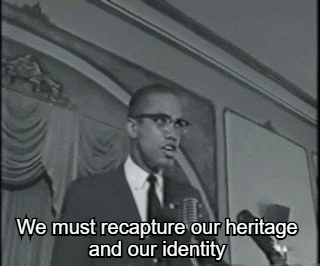
At Levi Jordan Plantation in Brazoria, Texas near the Gulf Coast, researchers suggests the plantation owner Levi Jordan may have transported captive Africans from Cuba back to his plantation in Texas. These captive Africans practiced a Bantu-Kongo religion in Cuba, and researchers excavated Kongo related artifacts at the site. For example, archeologists found in one of the cabins called the "curer's cabin" remains of an nkisi nkondi with iron wedges driven into the figure to activate its spirit. Researchers found a Kongo bilongo which enslaved African Americans created using materials from white porcelain creating a doll figure. In the western section of the cabin they found iron kettles and iron chain fragments. Researchers suggests the western section of the cabin was an altar to the Kongo spirit Zarabanda

#zarabanda#bilongo#nkisi nkondi#bantu kongo#cuba#texas#levi jordan#african#afrakan#kemetic dreams#africans#african culture#afrakan spirituality#afrakans#frederick douglass#Ashland-Belle Helene Plantation#Darrow#Louisiana#simbi#water#water spirit#baptism#christianity#christian broadcasting network#christian living#christian doctrine#christian faith#hoodoo#vodun#voodoo
172 notes
·
View notes